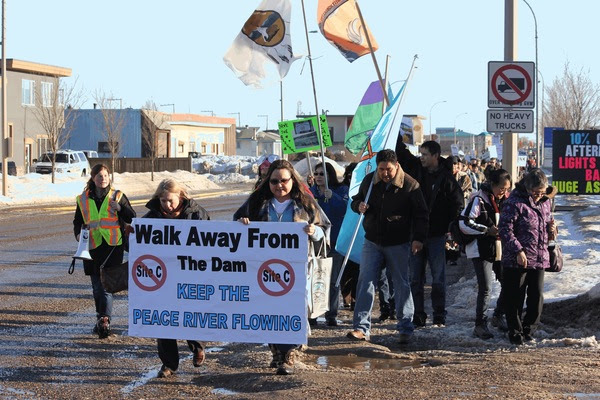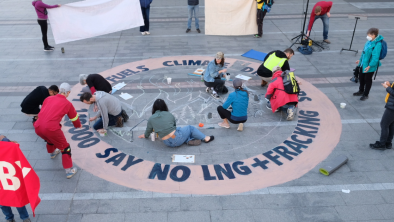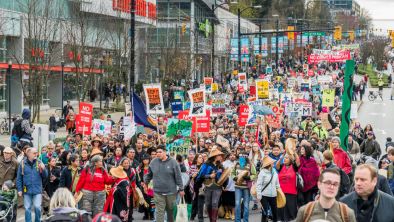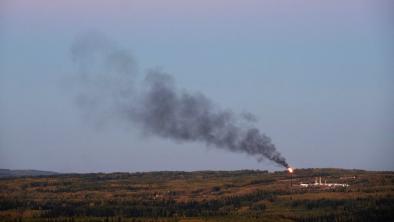A massive dam – and a massive legal test
Friday, October 17, 2014
Globe and Mail

When the Supreme Court of Canada released its groundbreaking decision in Tsilhqot’in Nation v. British Columbia this summer, there was an array of opinions on the impact it would have on resource development in the province.
Some believed that beyond establishing a greater threshold for First Nations consent, not much had changed; the government still held ultimate authority over lands in which aboriginal title existed. Others took a dimmer view, suggesting it conferred broad powers to First Nations that would nurture economic paralysis.
But everyone agreed it would make future court challenges almost a certainty.
This week, the B.C. government received federal environmental approval to move ahead with the proposed $8-billion Site C dam. The decision to proceed now rests with the B.C. government, which, if it were to green-light the plan, would be doing so over fierce First Nations objections. This would undoubtedly lead to the first big test of the Supreme Court’s historic June judgment.
In that pronouncement, the high court clarified what constituted legitimate occupancy by Indian bands and more clearly defined what aboriginal title denoted: the power to decide how the land was to be used, occupied and managed. It meant governments and others seeking to use First Nations land had to obtain the consent of the title holders.
The court also said governments have the authority to infringe on the rights conferred by aboriginal title, but only where they can justify it based on compelling and unassailable reasons. On that point, the B.C. government might be vulnerable when it comes to Site C.
One must understand the substantial environmental damage that construction of this dam would cause to the Peace River Valley. The independent joint review panel assembled to consider the province’s Site C application concluded that the project would “likely cause significant adverse effect on fishing opportunities and practices for First Nations.” And it said the same outcome would apply to native hunting, trapping and the bands’ traditional way of life more broadly.
The panel report made clear that the land occupied by a number of aboriginal groups would be flooded and lost forever. Not surprisingly, some of those bands have taken the position that the government can’t possibly compensate them for the permanent destruction of their territory.
In its decision, the Supreme Court also said that any planned incursion on aboriginal land had to consider the impact it would have on future generations of occupants. In the case of Site C, the destruction to native lands would be as pervasive and eternal as you can get.
When B.C. Environment Minister Mary Polak was reminded of the Tsilhqot’in decision and the new powers it has given First Nations, she said: “We don’t believe that there is such a thing as a veto.” Which is true. But Tsilhqot’in certainly makes it tougher for governments to exercise their customary powers.
The B.C. cabinet would have to demonstrate that the electricity generated by the dam is vitally needed (which is debatable) and that there are no other viable options. And on that point, they may have a problem. This week, B.C. Energy Minister Bill Bennett talked quite favourably about the upside of Site C alternatives, namely smaller-scale, run-of-river hydroelectric projects that use natural water flow and gravity to generate electricity. In most cases, a portion of the river needs to be diverted, but it is by no means as environmentally destructive as a large-scale dam project.
Mr. Bennett also mentioned the benefits of wind endeavours launched by private power producers.
If the economic case can be made for Site C substitutes, it’s difficult to see how any court wouldn’t side with First Nations trying to block the massive dam proposal. The Tsilhqot’in decision didn’t completely neuter governments in terms of their jurisdiction over aboriginal lands, but it did set stricter terms and conditions around unwelcome incursions, by the Crown or anyone else.
The B.C. government is now facing the reality of this brave new world.


